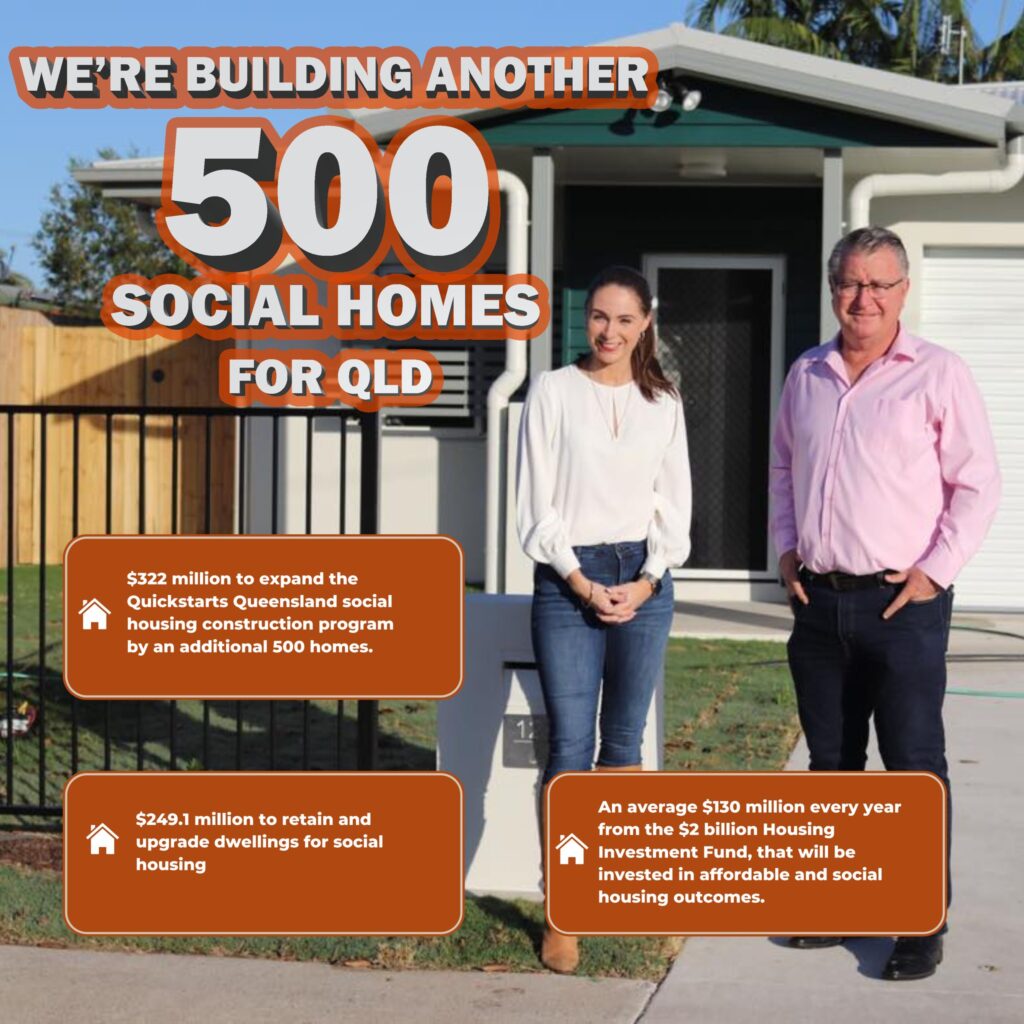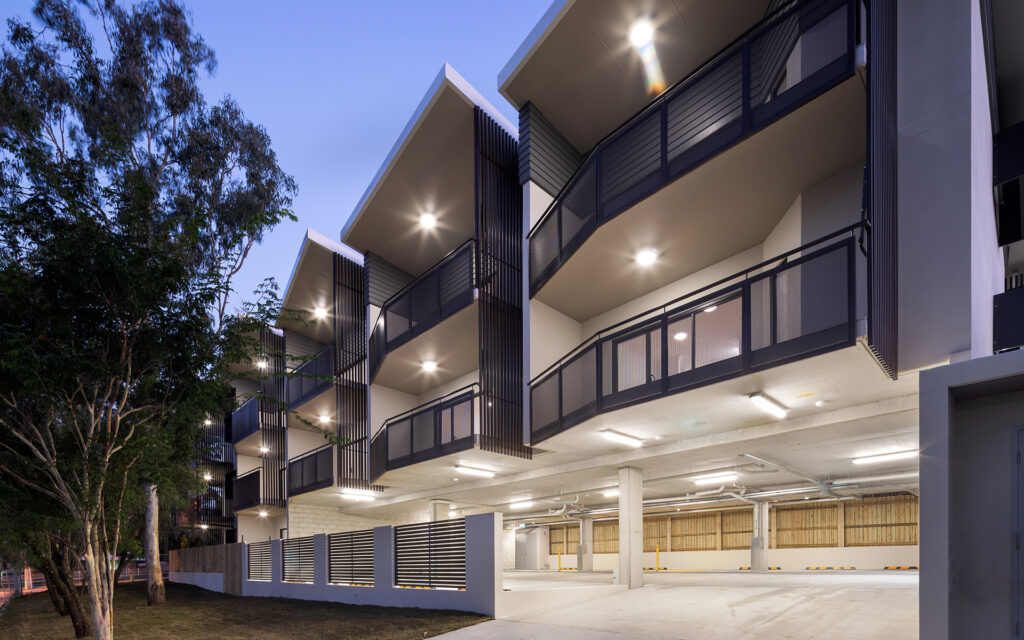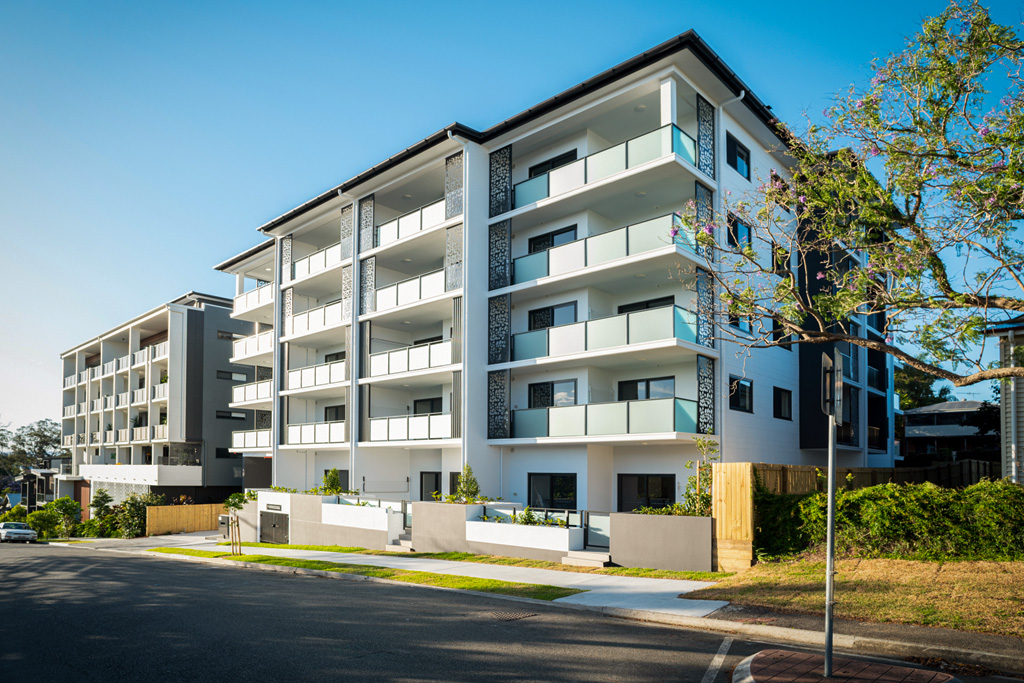Morton Bay Council Pitching In to help Build Affordable Accommodation
Community Housing Providers who build social or affordable housing in Moreton Bay will not pay any development fees or charges.
In 2022, Mayor Peter Flannery said he’s writing to Community Housing Providers outlining the incentives on offer in Moreton Bay and offering to help cut through red tape.
“Specifically we will waive application and infrastructure fees, as well as waive fees for council infrastructure charges for infill development that capitalises on existing infrastructure proximate to employment catchments,” he said.
“We all know Australia is facing a housing affordability crisis and Moreton Bay is not immune.
“Statistically speaking Moreton Bay faces an unprecedented acceleration in homelessness compared to our neighbours.
“Between the 2011 and 2016 census homelessness increased 57% here.
“That’s faster than Brisbane on 39%, much faster than the Sunshine Coast on 6% and far too high above the Queensland average of 9%.
“The lack of housing in our region is putting more and more people at risk of homelessness.
“More than 1200 locals are already considered homeless.
“I think we can all agree that we’d like to see government deliver more affordable housing, tackle high rents and create construction jobs in the process.
“Council can’t afford to do any of that, nor can we afford to do nothing.”
Council is hoping it’s proactive campaign will generate interest from providers including but not limited to:
- Common Ground
- Coast 2 Bay
- BRIC Housing
- Brisbane Housing Company
- Churches of Christ
- Vinnies Housing
- Youngcare
- Wesley Mission
- Micah Projects.
Mayor Flannery warned that without a coherent plan at the state and federal level, Australia’s housing crisis will only get worse.
“There used to be a nation-wide routine annual public housing construction program about 25 years ago,” he said.
“But since 1996 we’ve seen the country’s population boom 40% while social housing stock has only increased 4% in that time, so the problem is clear.
“Our system has not kept pace with the pressure that’s being put on it, and that pressure’s increasing.
“That’s why in this year’s budget Council committed $1.5 million to building a homelessness support hub in Redcliffe with funding from the State Government.
“I was also very pleased to see that Brisbane Housing Company, with the State Government’s Housing Investment Fund’s support, is investing in social housing in Redcliffe.
“The 84 single bedroom apartments planned as part of the Redcliffe Social Housing Project in Sutton Street will improve the lives of older people in the area.
“While these initiatives are steps in the right direction, more is needed across our region.
“I hope that by being proactive in approaching community housing providers, we can work with them on some immediate opportunities while we wait for a broader solution.”

Where are the houses?
Along with the brochure on the left, was the statement; “The Palaszczuk Budget 2023-2024 delivers on Housing for Queensland!” If the 500 social homes were built, the marketing department failed to follow through and tell us how many social houses have been built, or it may be a case of asking where the money went?
For too long the politicians have been using the homeless as a political football to promote false pre election promises. Can we rely on more councils to take the lead as Morton Bay Council appear to have done, at least by removing fees and charges for development of social housing?
What is Social Housing in 2025?
It would seem social housing design is now a major consideration with Silver, Gold and Platinum standards for architectural and interior design and features, offering social housing options that can make the average 20 year old home seem grossly inadequate. These questionable living standards originated In July 2010, when the Livable Housing Design Guidelines were launched, and Dialogue members committed to a Strategic Plan. The Australian Government pledged support over four years to the implementation of the initiatives set out in the Strategic Plan. In June 2011, Dialogue members agreed to establish a new not-for profit organisation, Livable Housing Australia, to drive the strategic directions set-down by the National Dialogue and to champion the Livable Housing Design Guidelines.
A New Standard of Social Housing
The question arises; with such modern and high spec designed buildings, is social housing being shaped as a business that the Government intends privatising. Its no secret that rental housing is now a strong focus of major international fund managers, so it begs the question, does it not?

Dwellings that are assessed as compliant with one of LHA’s performance levels and registered with LHA and can be marketed as being livable to future home buyers, renters, or used to qualify for incentive schemes promoting livability in communities
There is no doubt, the LHA has a profit model based around the certification of their “livability standards”. In the near future, we might therefore expect such “livability” standards to extend beyond social housing and be imposed upon existing Landlords who manage private property for the rental market. Such changes will likely come with a suite of mandatory improvements that require self funded certification to achieve registration. Its simply how the corporation works.
And to be fair, social housing should not be a of substandard, unhealthy, unsafe, type of accommodation, this is agreed. However to supply the needs of the social housing market, more cost effective designs constructed with conventional building practices could help extend the budget and deliver more units overall. In fact the economics of building for tenants who rely on Government subsidies and have no other source of income, demand a super cost efficient approach to creating the end product. Somehow, there no longer seems to be that level of concern from bureaucrats in charge of the public purse.

